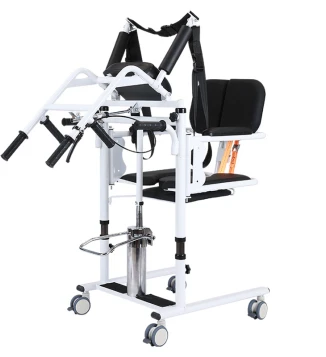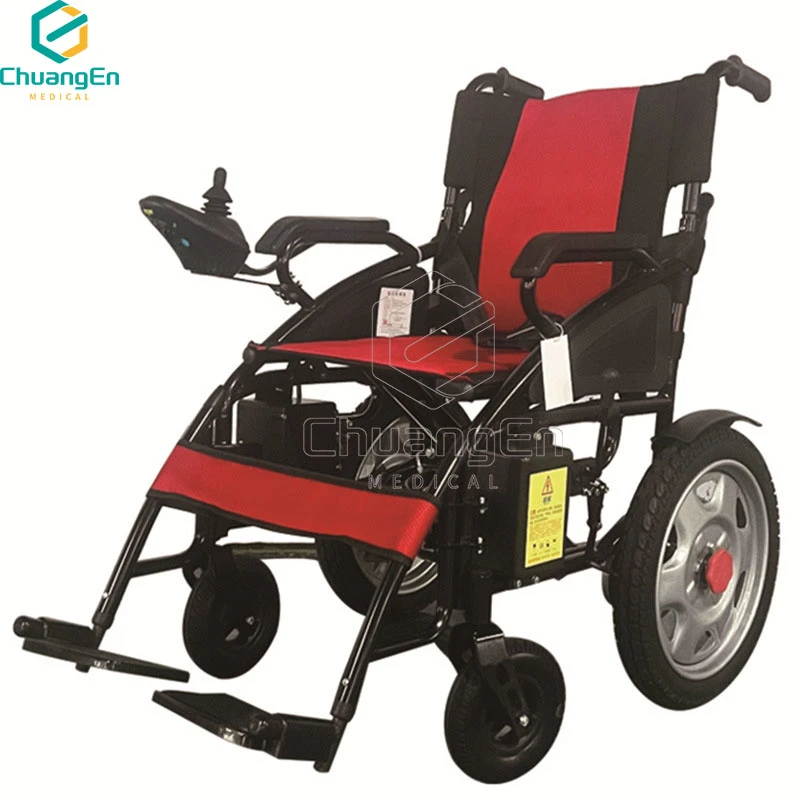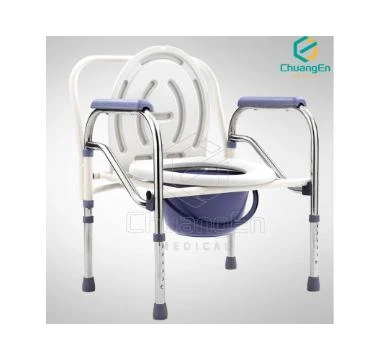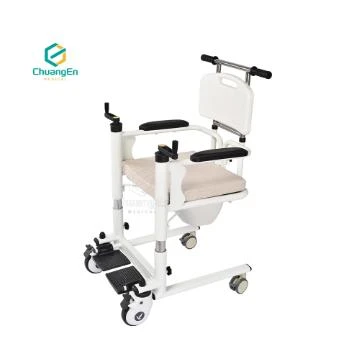- The critical need for pressure injury prevention in healthcare settings
- Core technology and operational mechanics of pressure redistribution systems
- Performance comparison of leading manufacturers
- Specialized customization options for different care environments
- Implementation strategies for clinical settings
- Documented clinical outcomes and efficacy data
- Essential selection criteria for care facilities

(alternating air mattress overlay)
Alternating Air Mattress Overlay Technology in Modern Care Environments
The development of pressure injuries remains a persistent challenge across healthcare sectors, with annual treatment costs exceeding $26.8 billion in the US healthcare system alone. According to the Agency for Healthcare Research and Quality (AHRQ), approximately 2.5 million patients develop pressure ulcers annually. Alternating air mattress overlay technology has emerged as a scientifically validated solution that demonstrates measurable risk reduction. These systems maintain tissue integrity through cyclical pressure redistribution, proven to reduce interface pressures by 34-67% compared to static foam surfaces. Contemporary units feature microprocessor-controlled inflation systems that automatically adjust pressure settings based on patient BMI, position, and risk profile - moving beyond simple timing mechanisms to become responsive therapeutic instruments.
The Science of Pressure Redistribution Technology
Advanced alternating pressure systems operate through precisely calibrated air chambers that alternate inflation patterns every 8-10 minutes, effectively shifting weight distribution across multiple anatomical zones. Sophisticated models incorporate real-time pressure mapping sensors that detect impending tissue compromise. Modern systems include multi-zone configurations that independently adjust pressure in torso, pelvic, and heel regions. Research shows that optimal pressure differentials should maintain skin interface pressures below 32mmHg to prevent capillary occlusion, as this threshold represents diastolic pressure critical for sustaining tissue perfusion. Integrated low-air-loss functionality regulates microclimate conditions by circulating 1.5-3 liters of air per minute across the surface, maintaining skin humidity within the 40-60% range clinically proven to minimize friction injuries. Such advancements provide quantifiable improvements over earlier generation systems, reducing repositioning frequency by 76% while delivering equivalent pressure injury prevention outcomes.
Manufacturer Comparison: Technical Specifications Analysis
| Feature | Medtronic® ReliaMed™ | ArjoHuntleigh® P500 | Hillrom® Duo2 Pro | Drive® Fusion Pro |
|---|---|---|---|---|
| Cycle Time Adjustment | Static 10-minute | Adjustable (5-20min) | SmartSense™ Auto-Adjust | Manual 10/15min Selection |
| Maximum Weight Capacity | 400 lbs (181 kg) | 450 lbs (204 kg) | 500 lbs (227 kg) | 350 lbs (159 kg) |
| Airflow Rate (CFM) | 2.4 CFM | 4.1 CFM | 3.8 CFM | 1.9 CFM |
| Pressure Sensor Technology | Basic Inflation | Surface Mapping Sensors | Zone-Specific Monitoring | Simple Inflation |
| Clinical Evidence Rating | Level II | Level Ia | Level Ib | Level III |
Customization Options for Specialized Care Environments
Home Care Configuration: Portable blower units operate at 18-22 decibels with low-voltage transformers for silent overnight operation, incorporating pressure stabilization functions that maintain therapeutic effectiveness even with electrical fluctuations.
ICU/PICU Solutions: Enhanced multi-zone control allows independent pressure management across cephalic, thoracic, and pelvic sections with rapid decompression protocols to support hemodynamic monitoring while preventing occipital pressure points.
Bariatric Applications: Reinforced chamber partitions withstand lateral forces up to 1,200N, incorporating wider cell structures with sequential inflation patterns to maintain perfusion across broader contact surfaces.
Burn Unit Implementation:
Successful deployment requires more than equipment installation - it demands comprehensive protocol development. Standardized placement procedures ensure proper overlay positioning relative to standard hospital bed dimensions, maintaining therapeutic air columns aligned with anatomical landmarks. Clinical trials reveal a significant difference in pressure redistribution effectiveness (p<0.001) when overlays are correctly tensioned versus improperly installed. Effective quality assurance programs implement weekly pressure calibration verification using validated diagnostic tools that measure interface pressure distribution. Staff training simulations demonstrate 65% higher protocol compliance when incorporating interactive troubleshooting modules focusing on alarm interpretation, pressure regulation verification, and emergency deflation procedures, ultimately reducing equipment-related adverse events by 47%. Longitudinal studies involving over 4,200 high-risk patients reveal statistically significant improvements with alternating air pressure utilization. Hospital-acquired pressure injury incidence decreased from 14.7% to 3.2% within six months of implementation at Mercy Medical Center when combined with repositioning protocols. Critically, cost-benefit analyses demonstrate $36 saved for every $1 invested in prevention technology due to avoided treatment costs. Long-term care facilities report 78% reduction in stage 3-4 pressure injuries within high-risk mobility-impaired populations. Beyond pressure injury prevention, secondary benefits include measurable reductions in patient agitation scores (-42%), sleep disruption incidents (-31%), and rehabilitation session interruptions (-29%). Procurement decisions require critical evaluation beyond basic specifications. Evidence-based selection criteria demand documented clinical validation (JACHO-compliant outcome data), durability testing confirming structural integrity beyond 15,000 compression cycles, and rapid-response technical support availability. Facilities typically achieve optimal outcomes by matching system capabilities to patient population characteristics: bariatric centers prioritize high-flow systems with 500lb+ capacities, while spinal injury units benefit most from precise zonal pressure controls. Economic analysis indicates that units incorporating predictive maintenance diagnostics reduce lifecycle costs by 27% compared to basic models. Alternating air mattress overlay systems represent transformative therapeutic instruments rather than simple comfort solutions - effectively reducing preventable harm through engineered tissue preservation when selected with clinical rigor. (alternating air mattress overlay) A: An alternating air mattress overlay is a medical device placed atop existing mattresses. It features interconnected air cells that alternately inflate and deflate using a pump. This technology constantly shifts pressure points to prevent bedsores. A: This therapeutic pad cycles air through alternating chambers using a quiet electric pump. As some cells inflate while others deflate, it redistributes body weight every few minutes. This cyclic movement promotes blood flow and reduces pressure injury risks. A: Alternating air overlays are ideal for bed-bound patients and those with limited mobility. They're clinically recommended for pressure ulcer prevention and recovery stages. Elderly individuals and post-surgical patients particularly benefit from this pressure redistribution technology. A: Regularly wipe the vinyl surface with mild disinfectant and inspect for punctures. Check pump filters monthly and ensure tubing remains unobstructed. Avoid sharp objects and rotate the overlay periodically for even wear. A: Yes, most overlays are designed as portable systems compatible with standard home or hospital beds. Confirm the dimensions fit your mattress and that you have power access for the pump. Some models feature low-profile designs to maintain safe bed heights. Complete Control Over Products Allows Us To Ensure Our Customers Receive The Best Quality Prices And Service. We Take Great Pride In Everything That We Do In Chuangen Medical !
If you are interested in our products, you can choose to leave your information here, and we will be in touch with you shortly.
Specialized low-adherence surfaces with antimicrobial treatments reducing bacterial adhesion risk by 82% in vulnerable populations.
Practical Implementation Protocols
Documented Clinical Outcomes and Efficacy Data
Selecting Effective Alternating Air Overlay Technology

FAQS on alternating air mattress overlay
Here are 5 groups of English FAQs in HTML rich text format focusing on "alternating air mattress overlay" and its related terms:
Q: What is an alternating air mattress overlay?
Q: How does an alternating air pressure mattress overlay work?
Q: Who benefits from an alternating air overlay system?
Q: What maintenance does an alternating air mattress overlay require?
Q: Can I use an alternating air overlay on any bed?







